Bologna SLATE Workshop - A discovery of turbidites or maybe more?
Ricarda Gatter (ESR 9) , Thomas Zengaffinen, (ESR 13) | @ CNR-ISMAR Bologna, Italy 15-21 September 2019
How to convey your research to others
Scientific writing
It is done! After long months in the office, lab, field and on the ship; reading papers, gathering data, measuring, analysing, questioning and discussing, you are DONE. The only thing that is left is writing it all up. Easy, right? Well, if you are like us you will find that it is actually quite challenging.
“To present a scientific subject in an attractive and stimulating manner is an artistic task, similar to that of a novelist or even a dramatic writer.”
(Max Born)
During our third SLATE workshop in Bologna, Mike Clare (NOC, Southampton) took it upon him to “teach” us how to write a good scientific paper, or at least try. We started with analysing papers that we like and discuss why we picked these specific papers. From there we began to talk about the structure of papers and to work on our own.
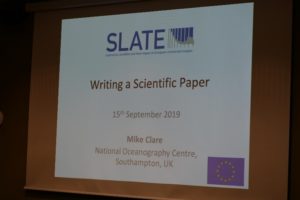
What we learned:
- Structure is key
- Start with bullet points and expand out
- Focus on the main question, do not include unnecessary information
- Check the logic flows
- Keep it simple
“Have something to say, and say it as clearly as you can. That is the only secret of style.”
(Matthew Arnold)
“Keep everything as simple as possible, but not simpler.”
(Albert Einstein)
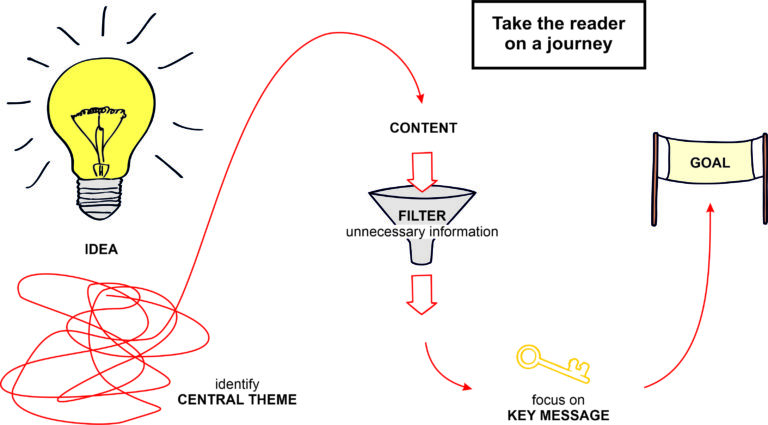
And most importantly, PRACTICE, PRACTICE, PRACTICE …
“A professional writer is an amateur who didn’t quit.”
Richard Bach
Thanks to Mike Clare for an insightful course, helpful discussions and some great quotes and pictures.
Science dramaturgy: creating an exciting story taking inspiration from science
Not only is it important to convey your key message as simple as possible in a written text, it is also necessary to be able to do so in oral presentations. Why not integrate your key message into a story? One day of your annual workshop was designated to ‘scientific storytelling’ with Dr. Andrea Brunello, who held a seminar on ‘Science dramaturgy: creating an exciting story taking inspiration from science’. Start your story with some background information (balance), then present an unforeseeable problem (unbalance), and throughout the presentation, find a solution for the problem (rebalance with a significant change). Do not just list facts while you are presenting. If there is no tension, your key message is not relevant for the audience.
Grab the audience’s attention from the very beginning. If you do not excite the audience within the first ten seconds of your presentation, you have lost them forever. Therefore, start with something catchy, relatable, what we call a ‘hook’.
Relate your research to yourself, tell the story as if you experienced it yourself in order to convey emotions to the audience and to keep their attention. Nevertheless, do not get emotional yourself but raise the emotional state of the audience. Your talk will be a ‘great talk’ if you present something the audience can easily remember. The story around your scientific results helps the audience to remember your facts in an easier way. However, what the audience should remember are your newly found scientific findings. During your talk, never forget your important scientific key message!
Field trip
Subaqueous sediment-laden density flows, called turbidity currents, can travel for hundreds of kilometres and damage important seafloor infrastructure, such as telecommunication cables that support 95% of the international communication, and expensive oil and gas platforms and pipelines. We measure turbidity currents directly, analyse their deposits (turbidites) in sediment cores, and try to reconstruct their dynamics and deposits with numerical simulations. Turbidites have been studied in detail for example because of their hydrocarbon reservoir potential – the sandstone can act as reservoir and the overlying mudstone as seal. However, what do turbidites actually look like?
The ideal vertical succession of turbidites is described by the Bouma sequence, which is divided into five distinct layers A-E (from bottom to top) that are fining upwards. Layers A-C build the lower part of the sequence and consist of coarse- (A) to fine- (C) grained sand(stone). Layer A is massive or normally graded, while layers B and C are laminated. Layer D consists of parallel-laminated silt(stone) and layer E builds the top with massive, ungraded mud(stone).
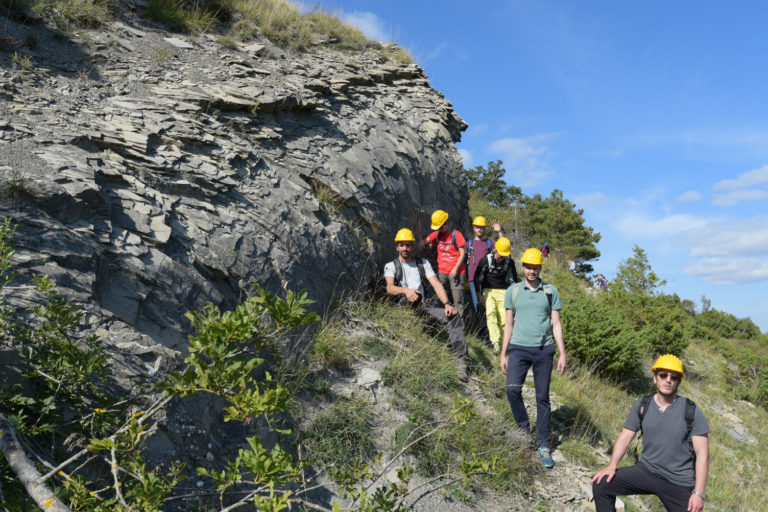
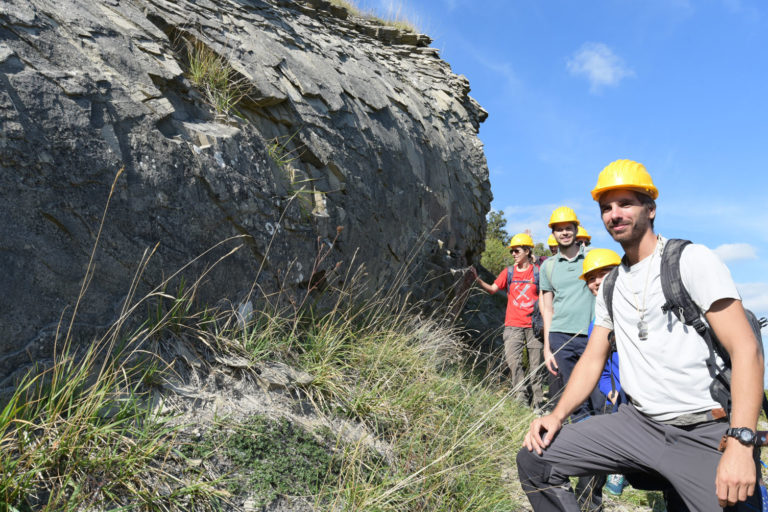
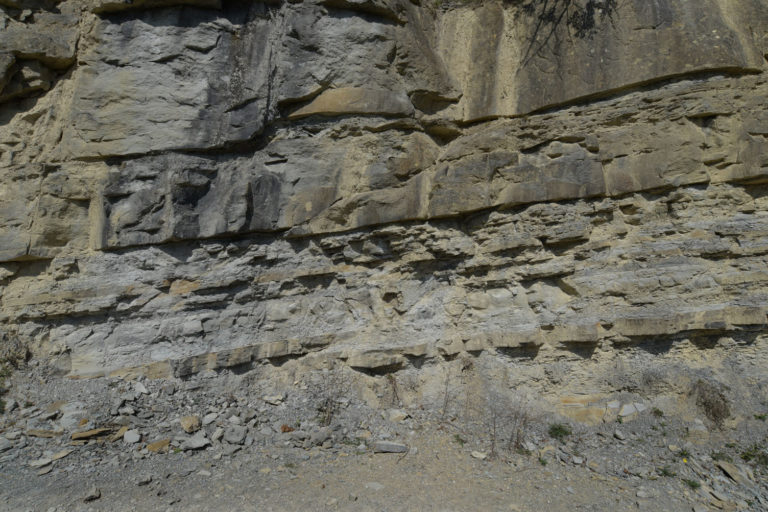
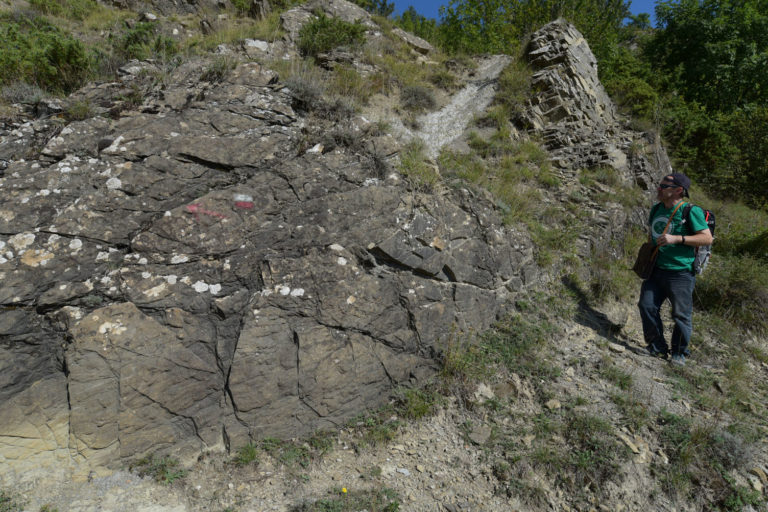
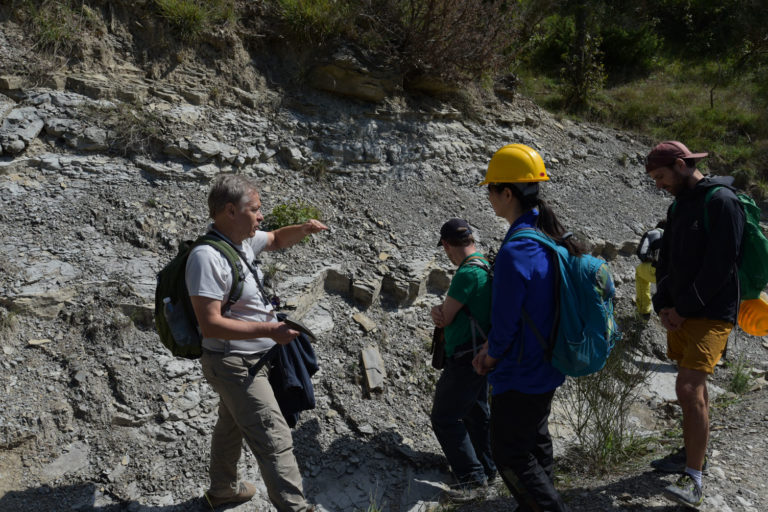
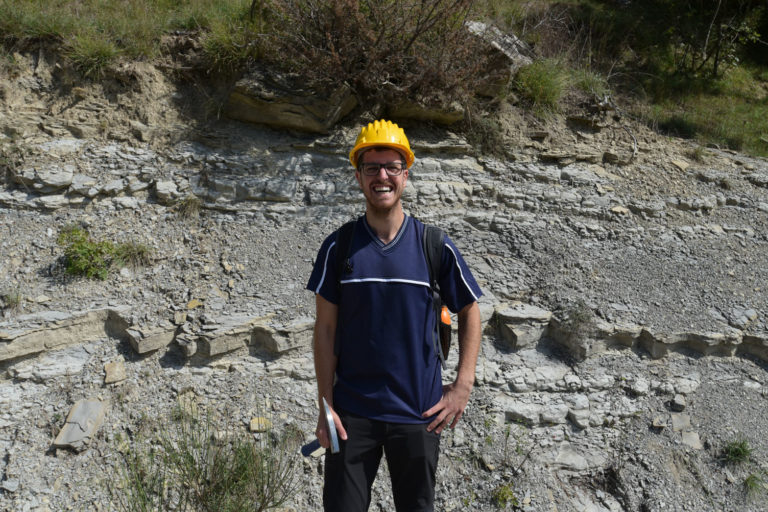
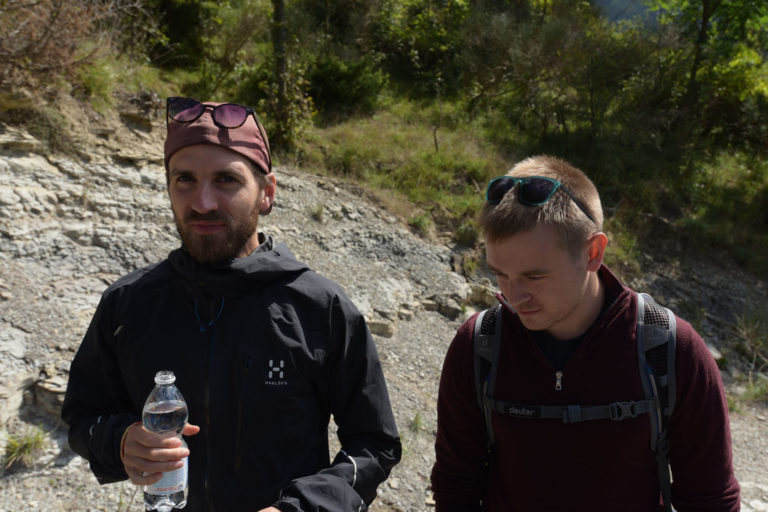
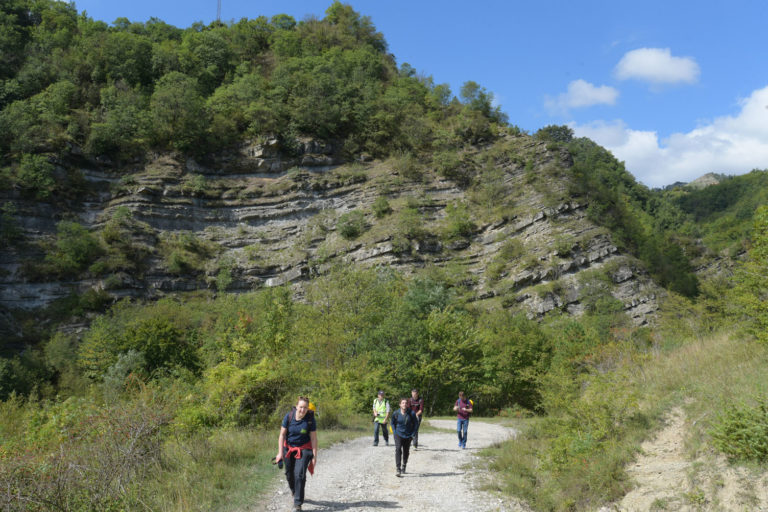
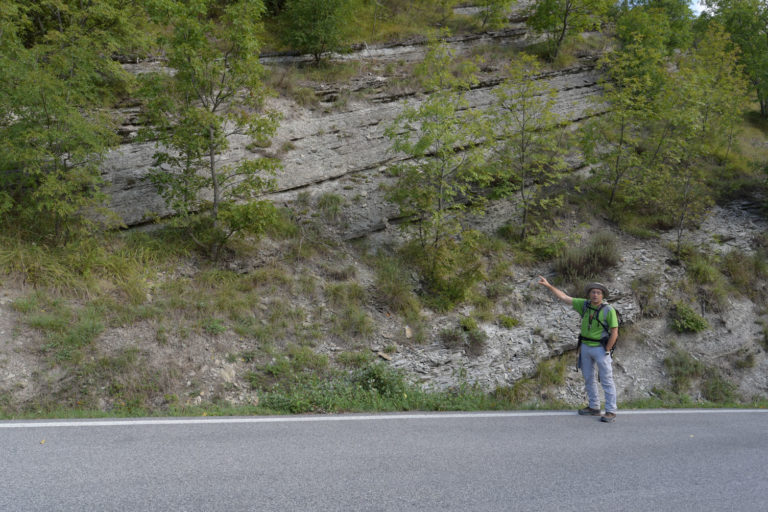
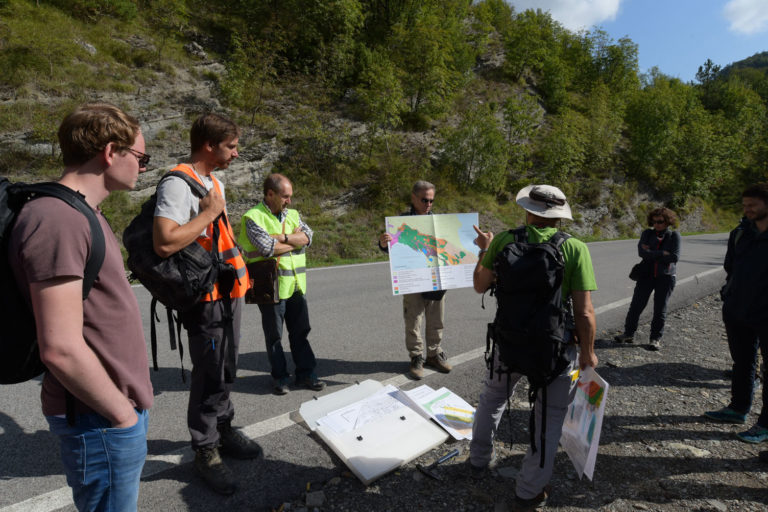
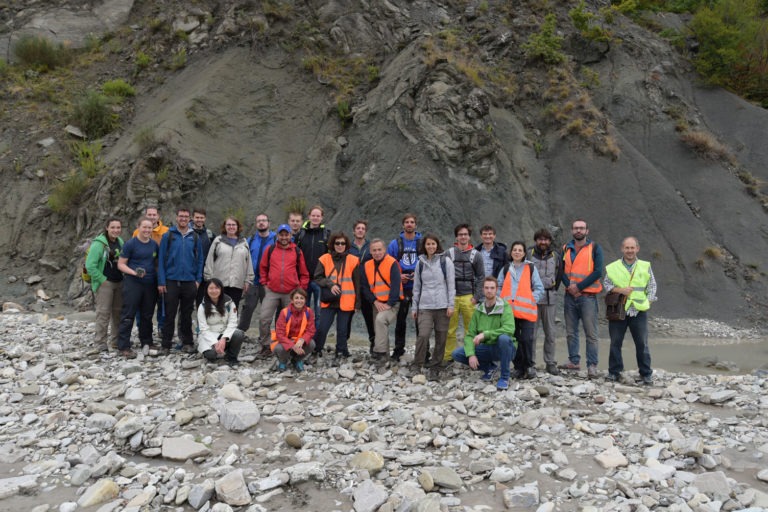
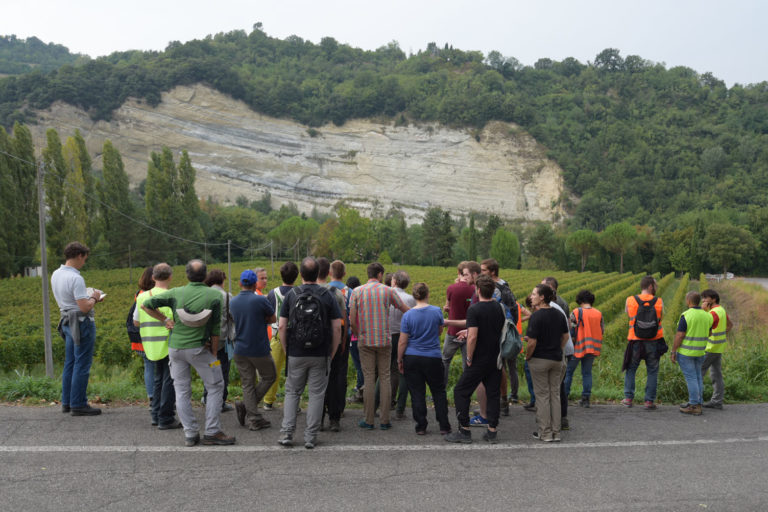
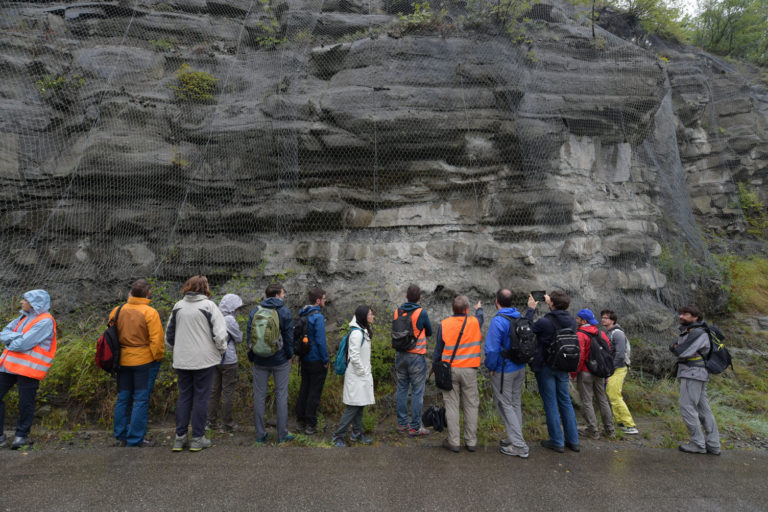
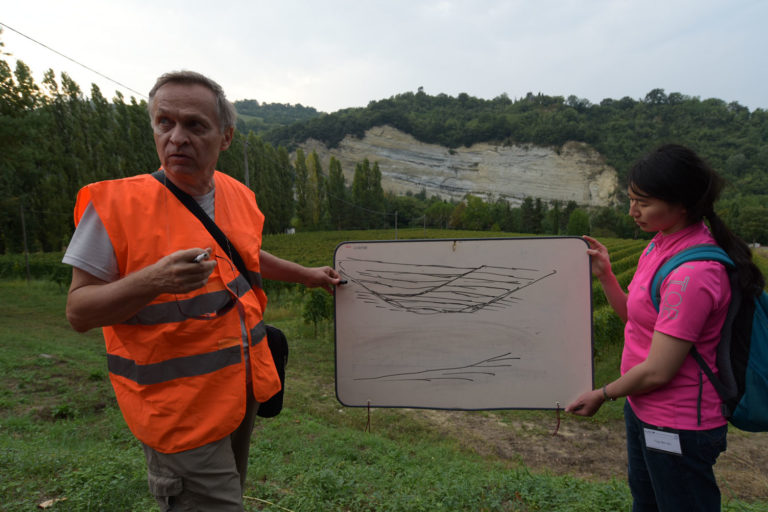
Application in Numerical Modelling
Layer(s) of turbidites on the seafloor have the potential to be re-activated and to move further downslope. Depending on their velocity, grain size, rheology, and thinning of the layer thickness, the sediments will move as either a debris flow, solid blocks, or a slump. In the latter case, the rheology determines the deformation of the moving sediment layers. The sediment layer can build folds that turn with the direction of movement, the same way as mantle rocks in a ductile deformation. Therefore, we can apply the same rheology for the simulation of soft sediments as for mantle rocks in a ductile regime.
One rheology we can apply to these soft, ductile sediments is the viscoplastic rheology. The sediments move after applying critical shear stress, and are permanently deformed. Depth-averaged numerical flow models allow the simulation of these processes. Although we cannot detect any ductile structures (e.g. folds), we can model the slump as an entire mass quite realistically.

